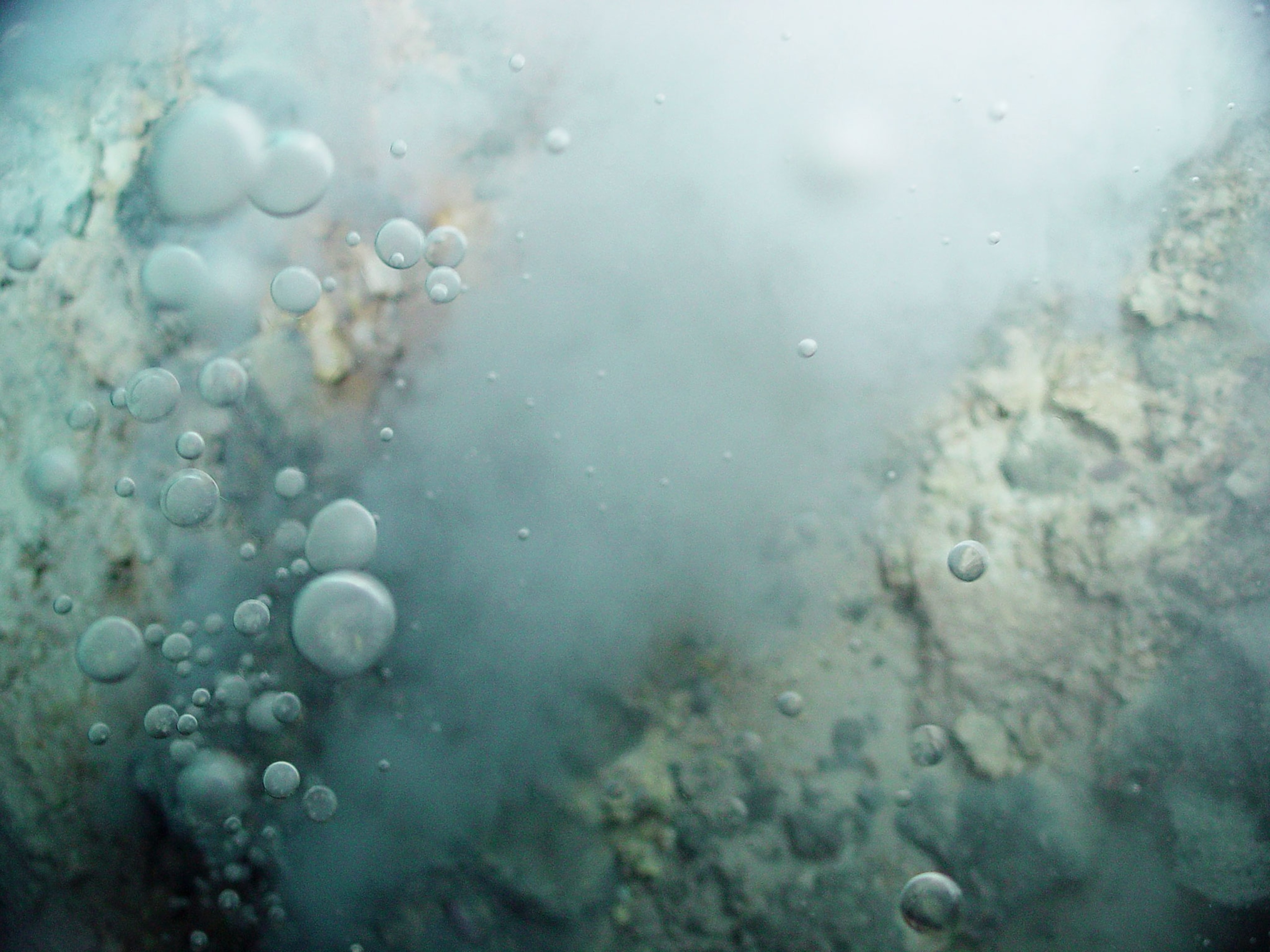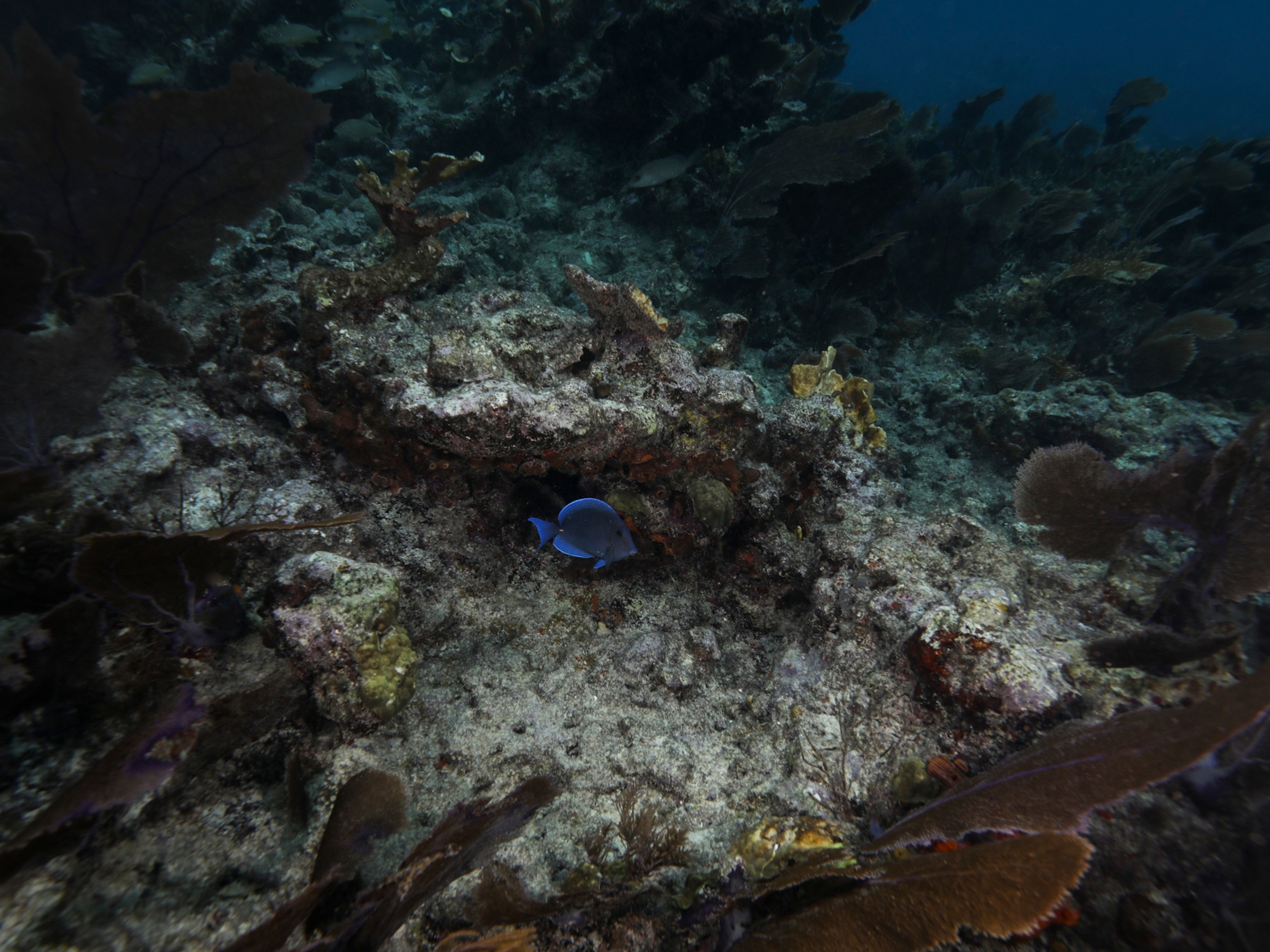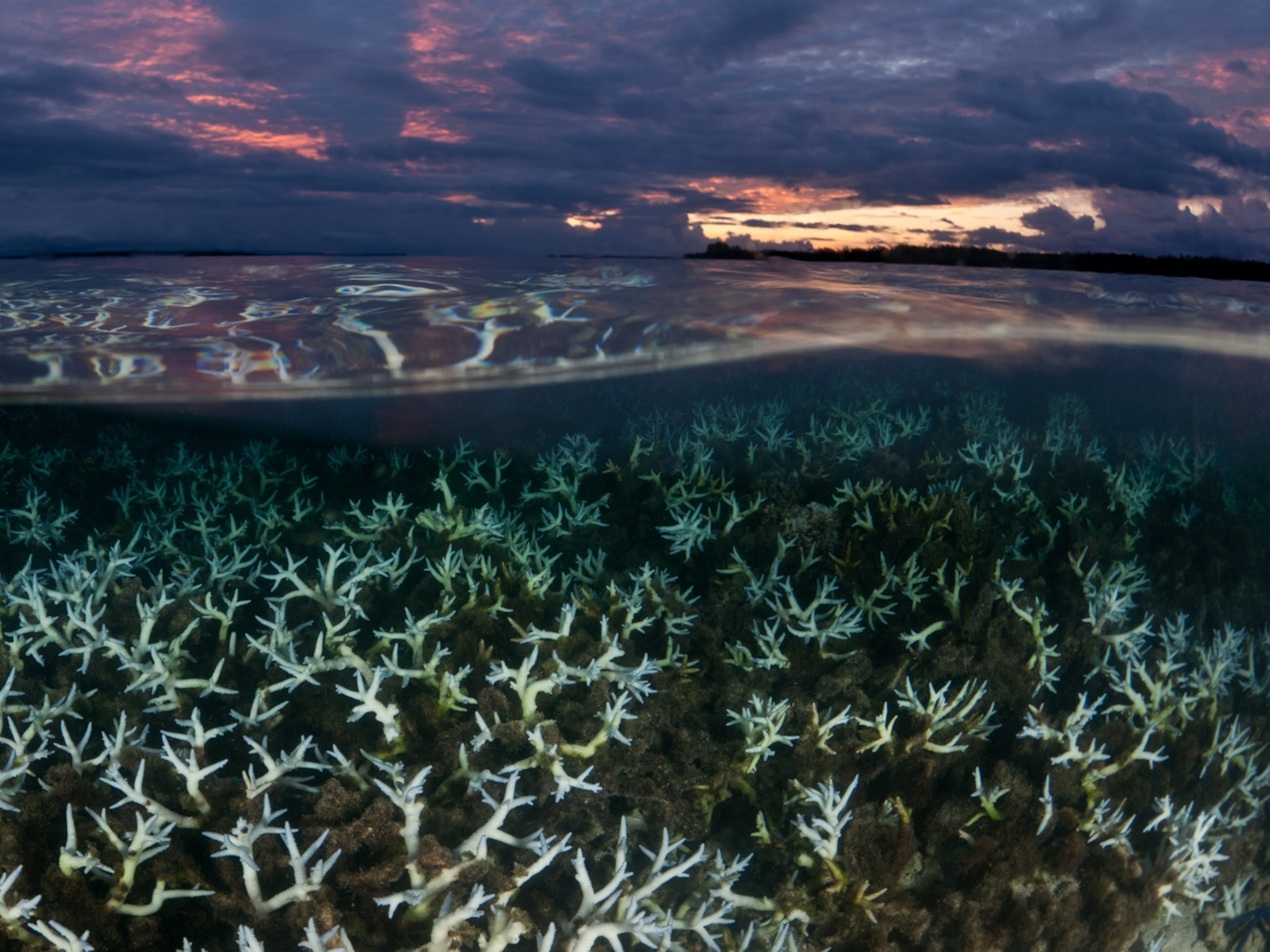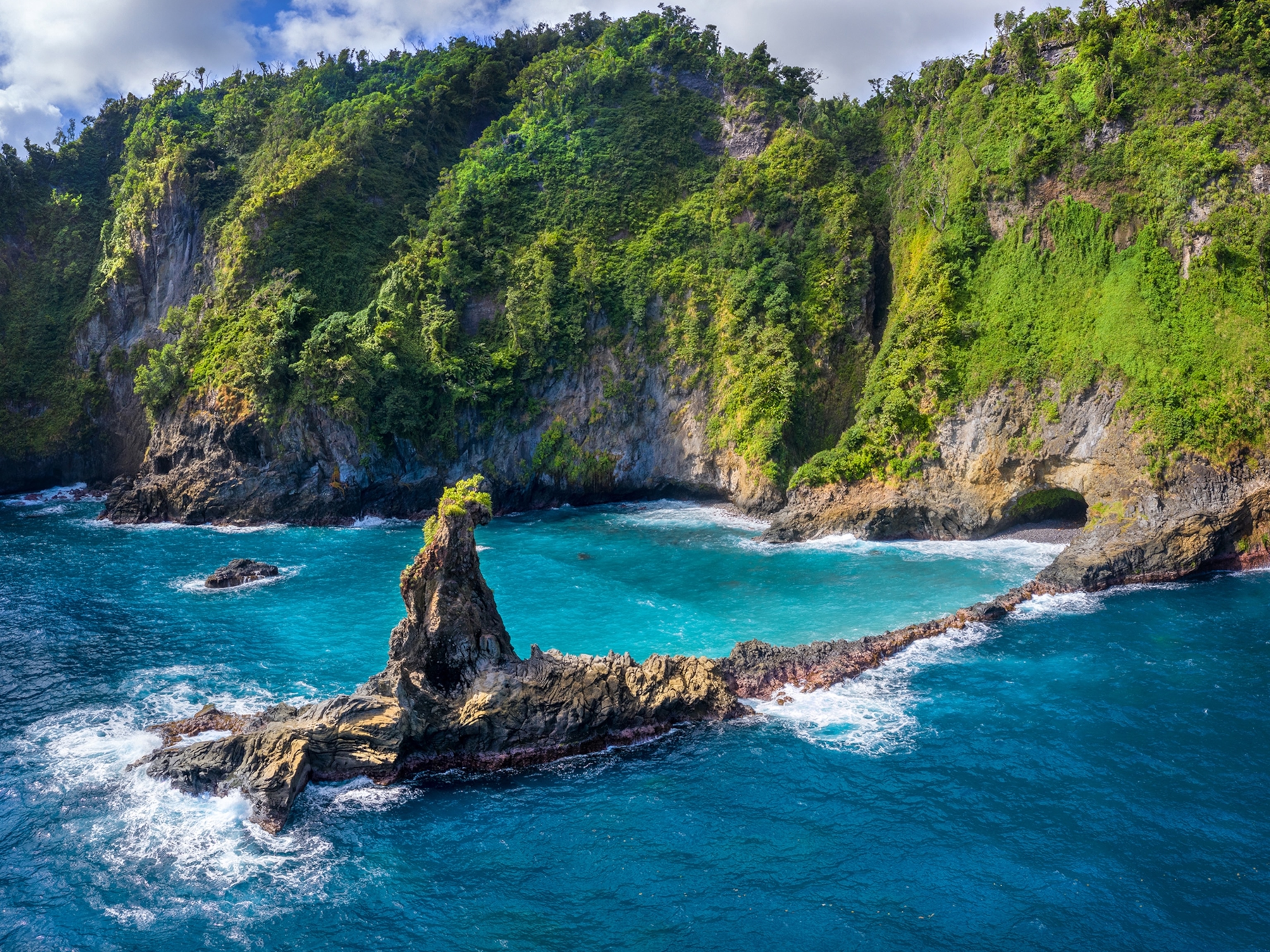
Your Bright Idea Could Save the Biggest Reef on Earth
Australia is calling on scientists from around the world to help rescue the Great Barrier Reef.
It's no secret that the Great Barrier Reef is dying. Warming waters triggered by climate change are killing off corals. But with a fund of more than a million dollars and some conservation-minded competition, Australia is working to put an end to the crisis. (Read why 99 percent of sea turtles are being born female.)
On January 16, Australia's government launched a $1.6 million ($2 million in Australian currency) initiative for scientists to develop projects that would boost coral abundance on the 1,400-mile-long reef. The international competition will close March 6, 2018 (and an information session will be held in early February).
Reef-Rescue Rivalry
The competition, outlined by the innovation initiative Advance Queensland, calls on scientists, industry leaders, innovators, and entrepreneurs to develop a plan to help the coral reef bounce back from harmful human impact. The program is a collaboration between tourism operators, coastal communities, and local fisheries.
Successful proposals for sustainable solutions will receive nearly $200,000 for six months of initial research testing, and then close to $800,000 for development over the next 12 months.
"The scale of the problem is big and big thinking is needed, but it's important to remember that solutions can come from anywhere," Australian Environment Minister Josh Frydenberg tells AFP.
Warming seas exacerbate coral bleaching on the Great Barrier Reef, which happens when the stressed organisms expel the colorful, symbiotic algae that sustain them. Fragile, nutrient-deprived reefs can't support other species, so their marine ecosystems die off.
Some portions of the reef suffered massive coral bleaching events in the summers of 2016 and 2017. A recent rise in predatory crown-of-thorns starfish threatens the southern portion of the reef as well. Although coral reefs make up a miniscule one-tenth of a percent of the ocean floor, they host more than 25 percent of all ocean life, making them a hotspot for all kinds of species.
But climate change isn't the only factor destroying these marine habitats. Additionally, nutrient runoff from farming and industrial chemicals from development seep into waters and kill corals. As greenhouse gases accumulate in the atmosphere, carbon dioxide leaks into our oceans, lowering the pH of the water (making it more acidic). This, in turn, makes the environments less suitable for the other organisms that live in reef habitats, like fish, turtles, crabs, and worms. (Read: "Peer Inside a Mysterious Blue Hole in the Great Barrier Reef")
"Corals are resilient creatures," coral expert Robert Richmond told National Geographic in April. "Given a chance they can come back. We're just not getting any breaks whatsoever, and the severity of the problem is increasing with time."
Sustainable Solutions
Saving a UNESCO World Heritage site like the Great Barrier Reef is a monumental task. Some people have suggested installing floating shades to protect corals from bright sunlight that exacerbates bleaching, while others have recommended pumping water up from deep in the ocean to cool ailing habitats. Marine ecologist and UNC-Chapel Hill professor John Bruno outlined a few other coral-saving proposals in a recent Washington Post opinion piece.
But one way to address the die-off, Bruno says, is to deal with localized threats, like sewage and sediment. Although corals are highly damaged by warming waters, they're also hurt by direct human impact, like boaters anchoring near coral ecosystems and people standing on reefs. (Read: "How the Philippines' Coral Heart Keeps Beating")
Some scientists are turning to labs to grow baby corals to be replanted on existing reefs. But, Bruno warns, this expensive and under-funded solution is only effective on a small scale. It also requires new coral to be replaced into an acidic, warm, and overall harmful environment, which doesn't address the problem of increasingly toxic waters. (Read: "Billions of Coral Sperm Banked in a Race to Save Reefs")
Other scientists are hopeful about using genetic engineering techniques, such as CRISPR, to alter corals' DNA to make them more heat-resistant. But Bruno is skeptical of this approach. Increasing temperatures indirectly affect different parts of coral habitats, so the death of corals leads to other organisms in the habitat dying off. Reviving only coral won't necessarily save the rest of its habitat. (Read: "5 Reasons Gene Editing Is Both Terrific and Terrfying")
"Optimizing one characteristic usually comes with a cost," Bruno writes, "and making corals immune to warming would likely make them more sensitive to other challenges and less able to compete in the wild."
One of the oldest proposals for how to revive corals is to restrict fishing. Overfishing on reefs can make the ecosystems more sensitive and susceptible to damage. The more intact a food web is, the more resilient it is to human impacts. But, Bruno writes, bans have not been shown to have a measurably helpful impact on coral habitats.
"The only way this ends well," Bruno writes, "is if we radically reduce our carbon emissions."










